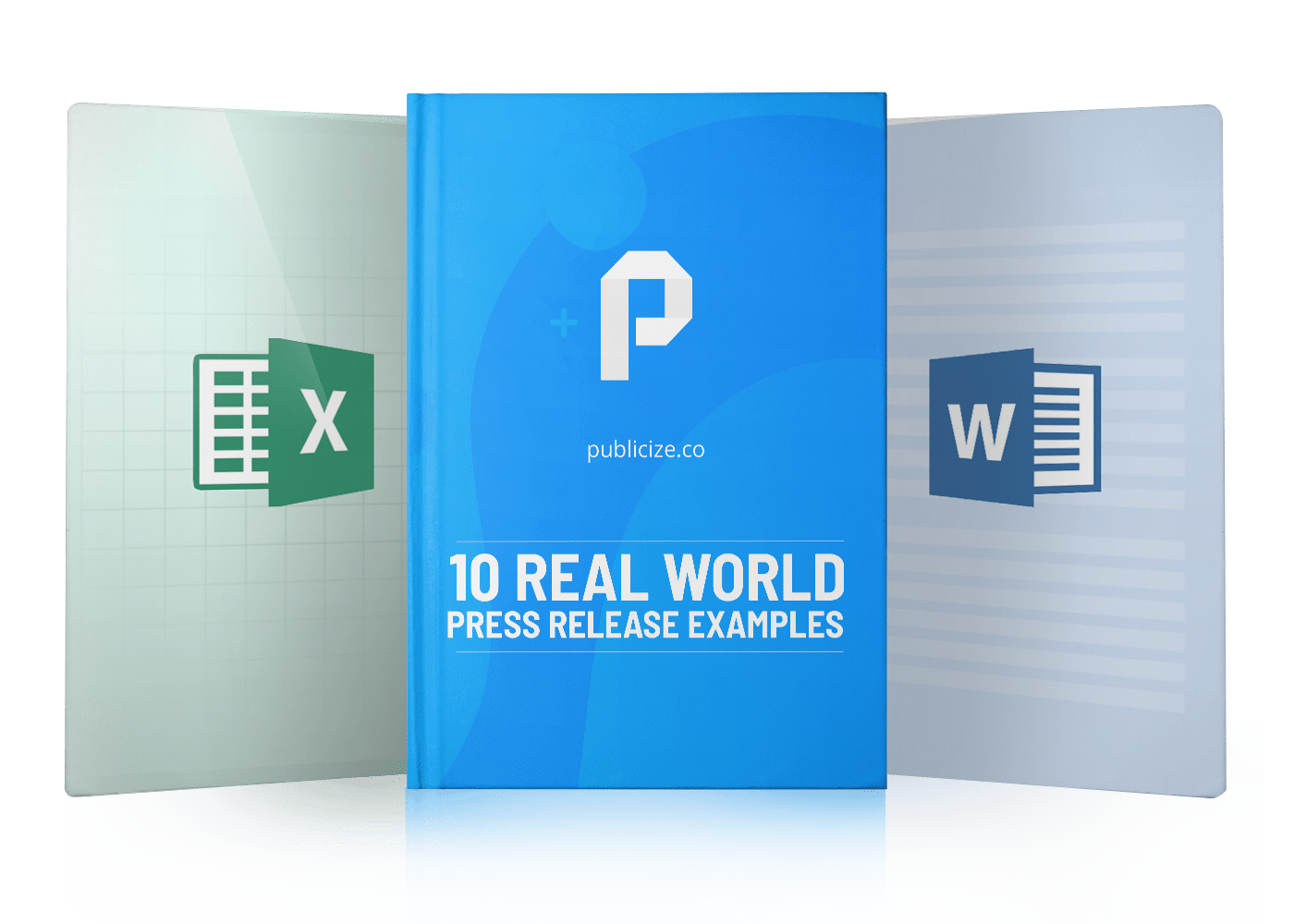Since the first slice of earned media was achieved, press releases have been the bread and butter of PR.
They’ve been around for 113 years. Yet, despite their longevity, there are whisperings in the PR community that press releases are as dead as the dodo.
TechCrunch Editor, Mike Butcher, summed up the mood within media circles a few years back in this blog post:
“Mostly, ‘press releases’ are written in the way a PR’s client would write a news story. They are usually pretty rambling and designed to please the client (read: stroke their ego) rather than assist the journalist to get shit done, and fast. So, I think the press release format is DEAD.”
While we think the last line is a bit OTT, there’s no denying that you need to keep things fresh when writing a press release.
The way we consume and produce news has changed immeasurably over the last few years. Therefore, we’ve donned our detective hat and pipe to investigate: do press releases still work?
Disadvantages of a press release
We’re first going to look at the arguments against PR’s oldest friend:
Jaded journalists will only open press releases containing REAL news
A recent study found that 70% of reporters spend less than a minute reading each press release they receive. This is pretty damning and doesn’t exactly fill us with confidence. In addition, the same study also revealed that only 28% of quotes featured in press releases are actually used.
The evidence would suggest that journalists skim through press releases.
Why is that?
Well, press releases are great for one thing: making a company announcement (for example, a new product or service).
Too often, companies distribute press releases to journalists when they don’t have anything newsworthy to announce, in the hope of getting their name in the press. Therefore, journalists are often jaded when it comes to press releases. They’re also able to sniff out low-quality self indulgent tripe a mile away.
When should a press release be issued then?
To get your press release picked up by a journalist, your business should only consider distributing a press release when you have REAL news. If you cannot meet that criteria, it may be worth pursuing some alternatives.
There may be better alternatives
The usefulness of consistently using press releases as part of your marketing strategy greatly depends on the size of your business operation.
Startups may only have one or two newsworthy announcements a year. On the flipside, bigger corporations could have tons of these announcements in the same space of time.
Who is a press release more useful for?
You guessed it, the big boys.
Therefore, startups often need to be creative with their PR and not just rely on press releases for media coverage. This could include:
- Free swag! – We don’t have any available data on this, but we believe there is no better way to a journalist, reporter or an influencer’s heart (or anyone else) than free stuff. Distributing unique merchandise to the press whilst tying it to your company is an effective way to build brand recognition. (side note: aim for something that might be on their desk for a while)
- Guest posting – This is a great way to consistently win press coverage in target publications and anyone can start doing it. You just need to approach publications read by your target audience and pitch guest articles to them, that offer insight and analysis on your industry.
- Provide expert insight on big news stories – If there’s a big piece of news in your industry, journalists are going to be all over it. You can reach out to them and offer to provide an expert insight or comment on the story. Journalists are always looking for original sources, so this is another great way to win press coverage.
- Start a twitter chat – If you have something to share, why not start a twitter chat? An added bonus of twitter chats is they can also increase your amount of followers. A well-researched and engaging topic could push your profile far and wide.
A well-written press release has its time and place. However, you shouldn’t limit your PR efforts to just this – especially during those periods when you have nothing newsworthy to announce.
Advantages of a press release
One thing this section indicates is that the game has changed and your PR efforts need to reflect that.
Although, there are definitely still some advantages to using this seasoned-pro in your marketing strategy in 2020.
Why are press releases effective?
They’re still a quick and easy way to get information to journalists
Press releases have been around for a long time for one simple reason: anyone can write one.
You can write one in an hour, then you can just fire off some emails to a few journalists.
Easy, right?
However, as we touched on, the ease with which you can produce them has made some companies a little bit lazy with their PR.
How? They’re simply overused in media outreach strategies. Moreover, companies don’t always consider what to include, nor know how to write a press release properly.
Yes, press releases are quick and easy to produce. However, your business will have greater success if you release them when you have something to say and spend a few more hours planning and writing them.
To help you with the process, we have collected the best tips for writing a press release and provided real world press release examples to learn from in our Startup Press Release Toolkit.
Narrowing down who you pitch to increases your press release’s usefulness tenfold
Planning your press releases doesn’t just mean making sure it’s laid out in a way that’s easy for journalists to read and comprehend.
A well-written press release begins from considering which journalist you want to get it in front of.
Why?
Because a lot of publications simply aren’t interested in your business or what you’re up to. It’s hard to hear. But the sooner you realize it; the sooner you’ll narrow down your press contacts and the sooner you’ll gain valuable publicity.
For instance, instead of going after a big-hitter like TechCrunch, you’d want to consider going after more niche publications or trade journals.
Updating your email address book with journalists and publications relevant to your business increases your chances and winning press coverage.
And better yet, being mentioned in a industry-specific publication is a cost-efficient way to attract new investors and get reached by your target audience.
Do press releases work for SEO?
Another argument why press releases are still relevant is their SEO benefit. There have been clashing opinions in the SEO community about this topic and many are preaching how using press releases for SEO doesn’t work anymore. We beg to differ and here is why:
The whole misconception began when Google started penalising those who were misusing the press releases just to build backlinks with unethical tactics, which created a false impression that press releases are no longer useful for SEO.
This, however, fails to see the bigger picture.
The truth is that link building from press releases doesn’t work like it used to but press releases can still provide valuable SEO benefit when handled correctly through a PR service and getting your press release picked up by a journalist.
The results are in:
So is the press release dead like Mike Butcher boldly stated in his blog?
The answer is no. After much deliberation, we have to conclude that press releases still work in 2020.
However, you need to learn how to create a well-written press release and be selective in your use of them. Press releases should only be used for something genuinely newsworthy and you should only target industry-specific publications.
If used correctly, press releases are still great for earning valuable media mentions and achieving real momentum.






